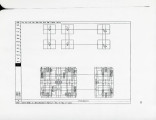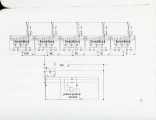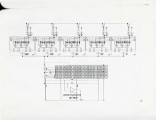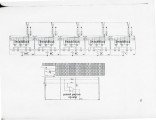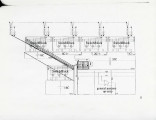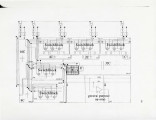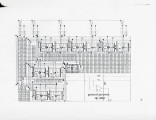| Description |
This dissertation presents a new design environment for VLSI circuits that is based upon a unification of the physical and structural design domains. Unlike conventional design approaches that divide the VLSI design process into disjoint structural and physical design phases, this new environment is based upon a unified design representation that supports simultaneous manipulation and inspection of physical and structural design features from within a single design view. This unified design representation combines cell-matrix design methodology with structural design techniques and achieves a representational commonalty between the structural and physical design domains. This representational commonality supports structural, physical, and mixed structural-physical design within a single design environment and with a single style of interaction. Structural and physical attributes can be attached to individual design components and the designer is always free to intermix physical and structural design techniques within the same design and within the same design view. This unified design approach is useful for general-purpose VLSI circuit designs but is especially well suited to the design of high speed and analog circuits. High speed and analog circuits, classes of circuits that are impossible to design using purely structural of physical design techniques alone, are much better facilitated by the unified design approach because the designer can combine both physical and structural design techniques throughout all phases of the design process. This research work also provides a new perspective on interactions between physical and structural design tools and shows how structural design techniques are useful for physical design and vice versa. |
















































































